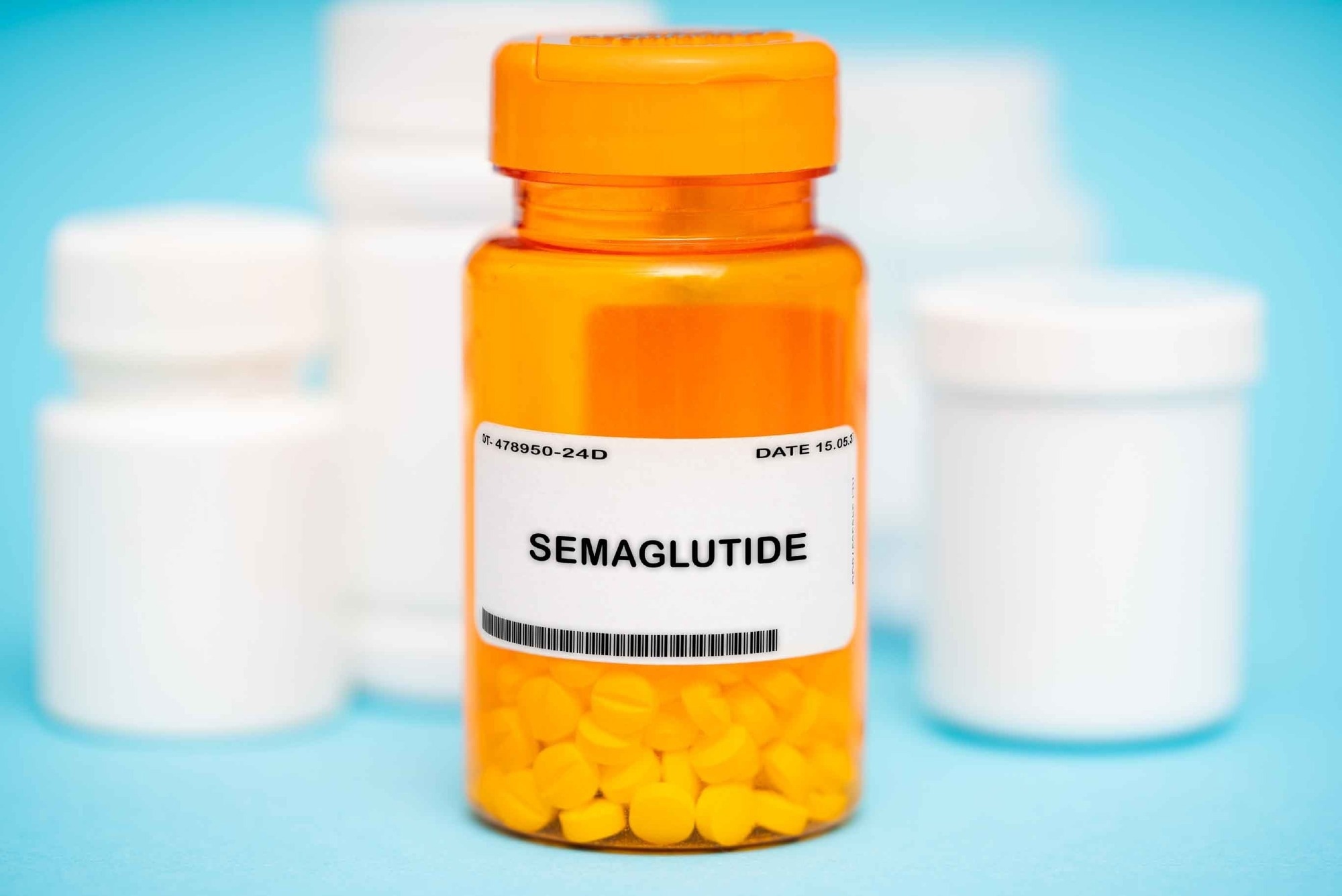If people think that their loved ones or themselves regularly use harmful substances, such as opioids, tobacco or alcohol, which negatively affects them or others, they may worry about developing a substance use disorder. By 2017, research by World Drug Report indicated that more than 270 million people globally between the ages of 15 to 64 had used illegal substances and alcohol. Although misconceptions surrounding drug use and abuse might make one believe that lack of willpower or a person’s behavior is the main cause of the condition, you need to know that these beliefs are false. However, this guide explores the causes, signs, treatment, and prevention strategies for substance-use disorders.
Causes of substance abuse
Researchers have not managed to unearth the exact cause of drug abuse, but they believe the following factors play a critical role:
Difficult family situations
Lack of parental supervision, neglect, and strained familial bonds, or other problems at home might make a person begin using tobacco, alcohol, or other drugs as a coping mechanism. With time, they end up developing a substance-use disorder.
Substance addictiveness
Drugs such as painkillers, cocaine, and stimulants might lead to faster development of dependency.
Peer pressure
Most people begin to smoke, drink alcohol, or take drugs due to intense social pressure.
Behavioral or mental health conditions
Schizophrenia, post-traumatic stress disorder, depression, disruptive behavioral disorders, bipolar disorder, anxiety disorder, and other conditions might increase the likelihood of a person developing a substance-use disorder
Gender
Men appear to develop more substance-use disorders than women. However, women might experience a faster progression.
Family history
Some families appear to have a genetic predisposition to substance-use disorder. Also, witnessing a close member or a parent using drugs can encourage others, especially children, to start drinking alcohol and other drugs.
Signs of substance-use disorder
The best strategy is to employ prevention strategies to prevent experimentation and intervene early after discovering the first signs of substance abuse. In particular, primary care physicians, school officials, teachers, and parents should monitor signs that can indicate substance use and abuse, including:

- Neglect of personal grooming
- Changes in sleep patterns or appetite
- Changes or difficulties in relationships with family members or friends
- Absenteeism, poor work performance, or declining grades at school
- Emotional and mental signs including defensiveness, irritability, mood changes, concentration problems, memory lapses, and loss of interest in previous relished activities
- Physical signs include significant restlessness or lethargy, bad breath, coordination issues, slurred speech, and bloodshot eyes.
- Heightened demand for constant privacy
Prevention strategies
Caregivers, parents, or other trusted adults can help to prevent children or teenagers from developing substance-use disorders by:
- Providing support such as getting the teen or child psychological or medical assistance if they are struggling with drug use
- Informing about their behavioral expectations and the effects of breaking family rules
- Encouraging families to actively stay involved in the life of their children and spending quality time together
- Spending openly with children regarding relationships, stress, peer pressure, tobacco, alcohol, and other issues they might be battling with
- Setting a good example by avoiding drugs, not smoking, or responsible drinking of alcohol.
Treatment for substance abuse disorder
The first step in treatment involves stopping using the associated substance. However, if the patients suffer from severe physical addiction, physicians can detoxify them to assist with withdrawal symptoms. It is also vital for organizations and families to establish supportive environments and eliminate conditions that trigger substance abuse. Treatment might happen in an inpatient or outpatient environment based on the severity of the substance-use disorder.
Further, a doctor might recommend individual counseling with an addiction counselor, psychiatrist, or psychologist. In other cases, families can receive counseling that focuses on stopping or minimizing substance use, establishing avoidance and coping skills, reestablishing professional or educational stability, enhancing family and social relationships, and adhering to a recovery plan.
Doctors can recommend special treatment or rehabilitation programs such as self-help groups for families and children with substance abuse issues. Therapists can also use a 12-step program proposed and used by Alcoholic Anonymous to help people overcome compulsions and addictions. In this case, patients need to accept that substance-use addiction is a chronic illness and accept support from higher power and other people. In summation, there are several treatment strategies for substance-use disorders, but if you want to find out more regarding this subject, you can look at the Infinite Recovery website.


:max_bytes(150000):strip_icc()/labgrownlede-2b7540f7f7404558a08f1a555862f3d3.jpg)










